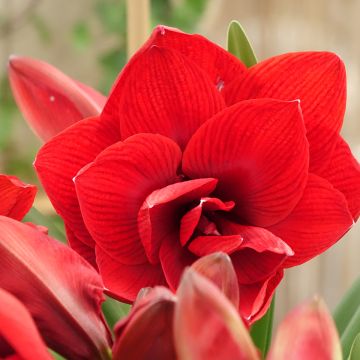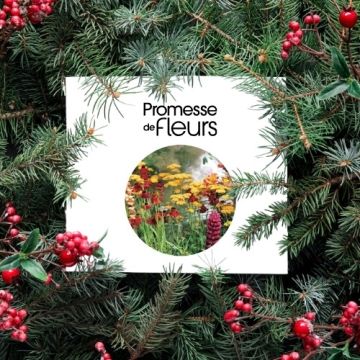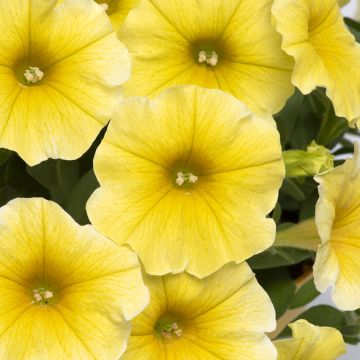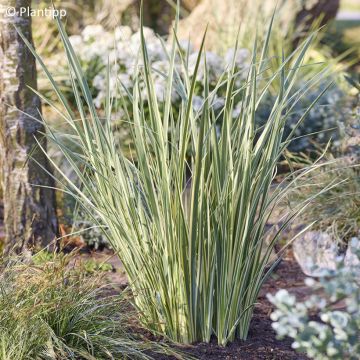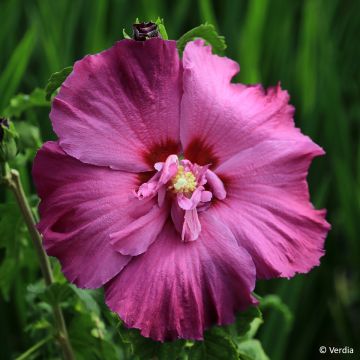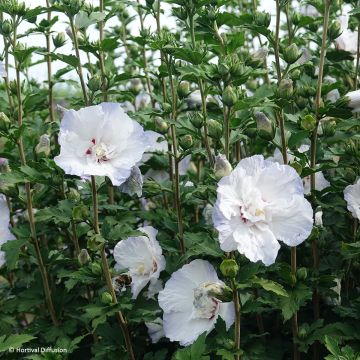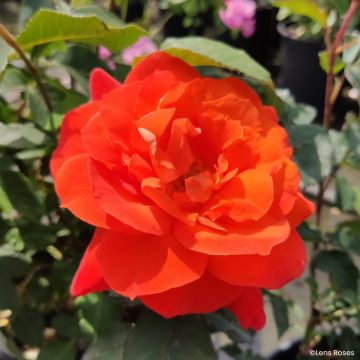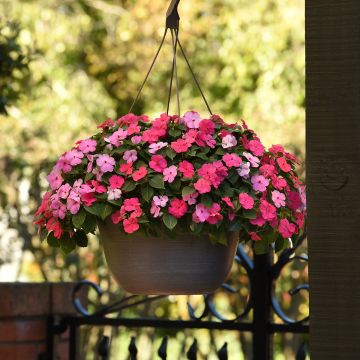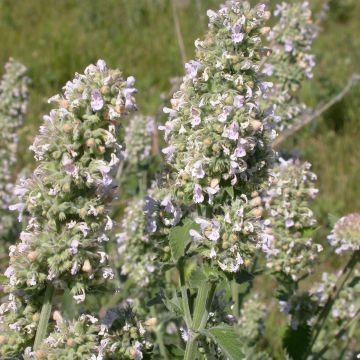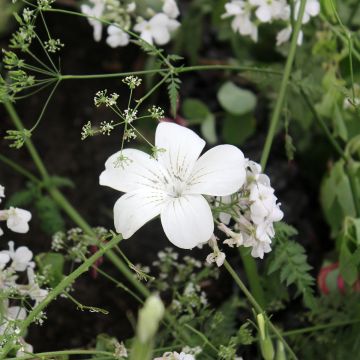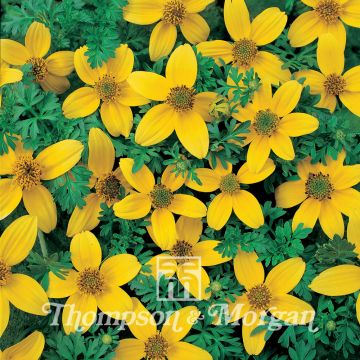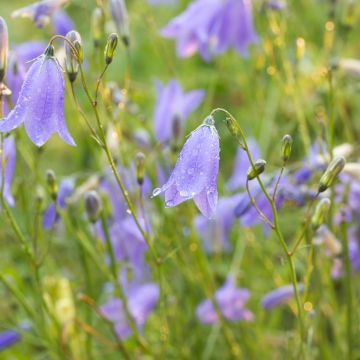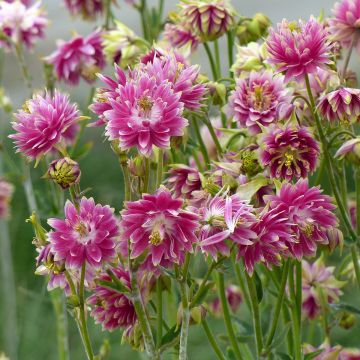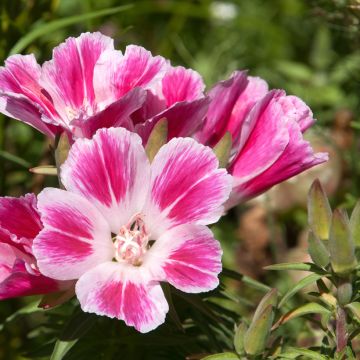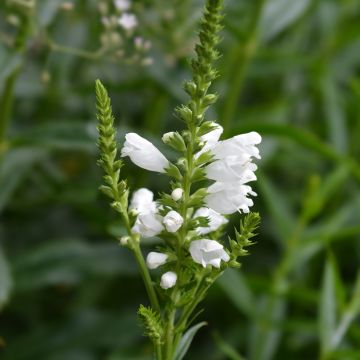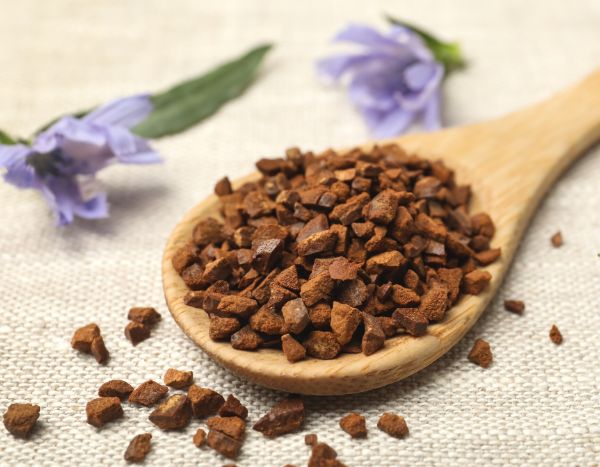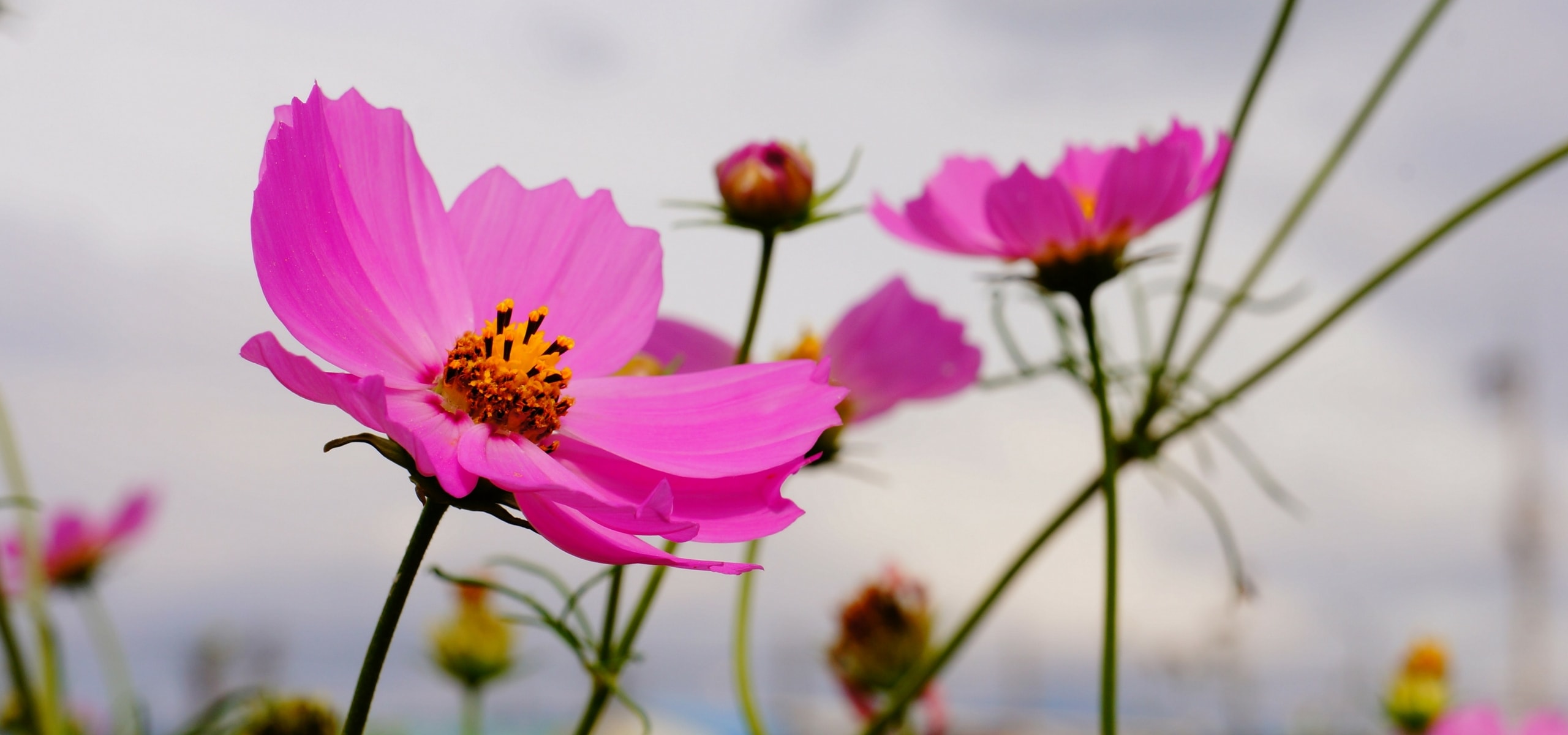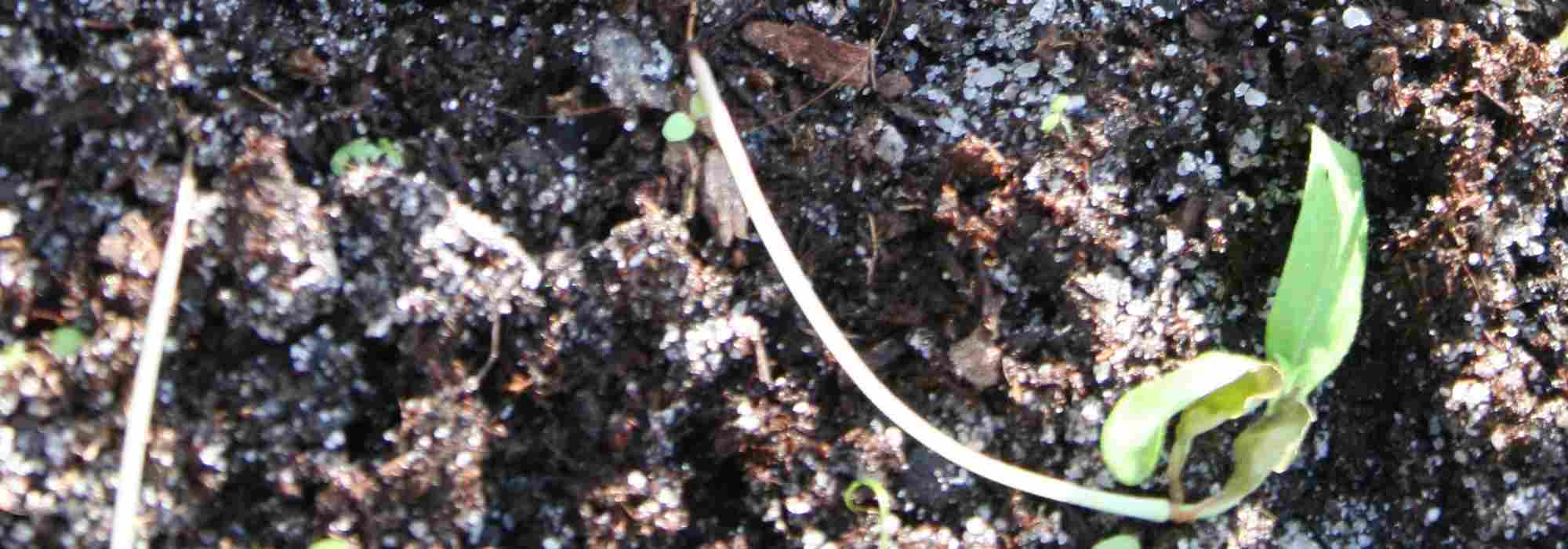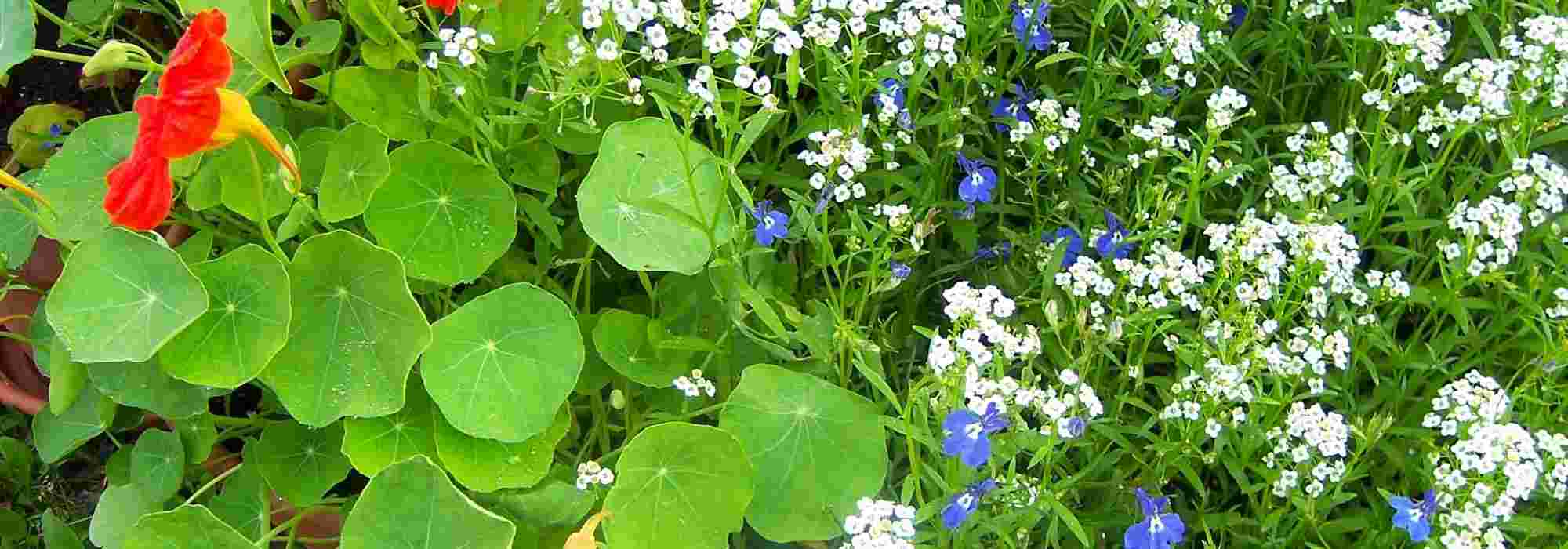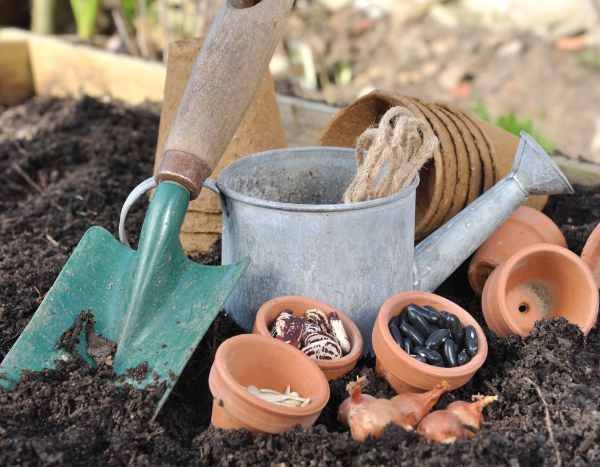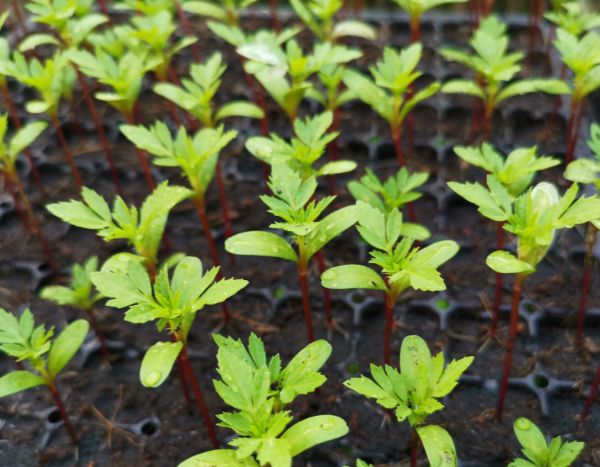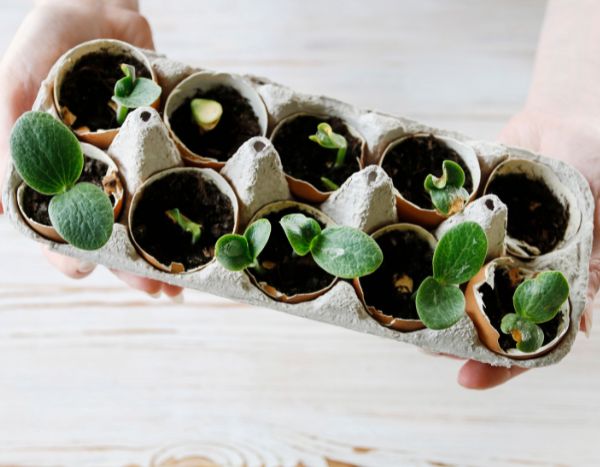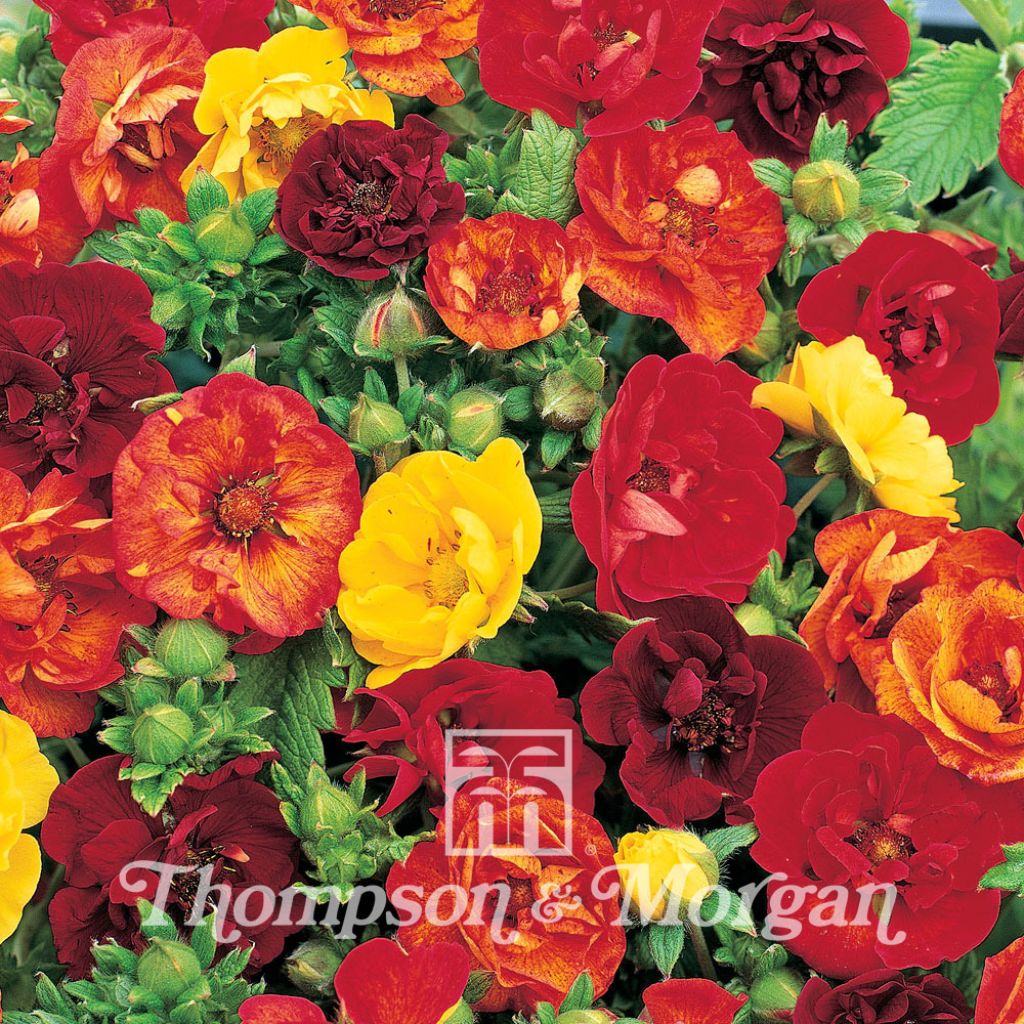

Potentilla Atrosanguinea Fireball Mixed
Potentilla atrosanguinea Fireball Mixed
Potentilla atrosanguinea Fireball Mixed
Himalayan Cinquefoil
Hello, Order received as requested. Marc
Marc G., 03/03/2018
Special offer!
Receive a €20 voucher for any order over €90 (excluding delivery costs, credit notes, and plastic-free options)!
1- Add your favorite plants to your cart.
2- Once you have reached €90, confirm your order (you can even choose the delivery date!).
3- As soon as your order is shipped, you will receive an email containing your voucher code, valid for 3 months (90 days).
Your voucher is unique and can only be used once, for any order with a minimum value of €20, excluding delivery costs.
Can be combined with other current offers, non-divisible and non-refundable.
Why not try an alternative variety in stock?
View all →This plant carries a 6 months recovery warranty
More information
We guarantee the quality of our plants for a full growing cycle, and will replace at our expense any plant that fails to recover under normal climatic and planting conditions.
Does this plant fit my garden?
Set up your Plantfit profile →
Description
The Potentilla atrosanguinea 'Fireball' Mixed is an exclusive blend of perennial potentillas that produce beautiful bushy clumps covered with cup-shaped flowers, single or double, in warm and varied colours from summer to autumn. Its foliage is also interesting, resembling strawberries, dark green and silky. These large, hardy potentillas are easy-to-grow plants that bring a lot of cheerfulness and liveliness to perennial and annual borders in a carefree garden. They prefer a light, well-drained soil and a sunny exposure.
Potentilla atrosanguinea is one of the largest species of perennial potentillas. This herbaceous plant of the rose family is native to the Himalayas. The 'Fireball Mixed' selection combines plants that form bushy clumps reaching 65 cm (26in) in height when in flower, with a diameter of about 60 cm (24in). From July to October, they are covered with a profusion of single or double, cup-shaped flowers that come in many vibrant and warm shades, from yellow to red, cherry pink, and orange. These flowers measure 2 to 3 cm (1in) in diameter and are arranged in paniculate clusters on stiff, erect, and branched stems. Their foliage resembles strawberries: the trilobed leaves measure 5 to 8 cm (2 to 3in) in length. Their leaflets are ovate to elliptical, with serrated edges. Their dark green colour appears under a dense blanket of grey, silky hairs.
Potentilla atrosanguinea is an ideal plant for borders or to enhance the surroundings of a terrace. It is one of those easy-to-grow plants with a quaint charm that fits well in a cottage garden. Like hollyhocks, perennial flax, toadflaxes, gas plants, and wild chicory, it is a plant for well-drained soil and sun. The 'Fireball Mixed' blend presents some remarkable forms, with incandescent colours, that will allow for beautiful potted displays.
Report an error about the product description
Flowering
Foliage
Plant habit
Botanical data
Potentilla
atrosanguinea
Fireball Mixed
Rosaceae
Himalayan Cinquefoil
Cultivar or hybrid
Other Thompson and Morgan seeds
View all →Planting and care
Sow the seeds of perennial potentilla from February to June or in September - October. Place the seeds on the surface of a well-draining, moist substrate, based on potting soil, and cover with a thin pinch of potting soil or vermiculite. Enclose the sowing in a transparent plastic bag that you will keep at 15-20°C (59-68°F) until germination, which can take from 1 to 3 months. Do not exclude light, as it facilitates germination.
Transplant the seedlings, when they are large enough to be handled, into 8 cm (3in) trays or pots. Let them develop in cooler conditions for 10 to 15 days before planting outside or in pots, after all risk of frost, spacing them 30 to 45cm (12 to 18in) apart.
Seedlings sown in summer can overwinter and be planted in the following spring.
Cultivation:
The Potentilla atrosanguinea thrives in ordinary, not-too-heavy soil. In clay soil, it may be useful to incorporate coarse sand or gravel into the planting soil. This species enjoys sunlight, tolerates poor and occasionally dry soils.
Sowing period
Intended location
Planting & care advice
-
, onOrder confirmed
Reply from on Promesse de fleurs
Haven't found what you were looking for?
Hardiness is the lowest winter temperature a plant can endure without suffering serious damage or even dying. However, hardiness is affected by location (a sheltered area, such as a patio), protection (winter cover) and soil type (hardiness is improved by well-drained soil).

Photo Sharing Terms & Conditions
In order to encourage gardeners to interact and share their experiences, Promesse de fleurs offers various media enabling content to be uploaded onto its Site - in particular via the ‘Photo sharing’ module.
The User agrees to refrain from:
- Posting any content that is illegal, prejudicial, insulting, racist, inciteful to hatred, revisionist, contrary to public decency, that infringes on privacy or on the privacy rights of third parties, in particular the publicity rights of persons and goods, intellectual property rights, or the right to privacy.
- Submitting content on behalf of a third party;
- Impersonate the identity of a third party and/or publish any personal information about a third party;
In general, the User undertakes to refrain from any unethical behaviour.
All Content (in particular text, comments, files, images, photos, videos, creative works, etc.), which may be subject to property or intellectual property rights, image or other private rights, shall remain the property of the User, subject to the limited rights granted by the terms of the licence granted by Promesse de fleurs as stated below. Users are at liberty to publish or not to publish such Content on the Site, notably via the ‘Photo Sharing’ facility, and accept that this Content shall be made public and freely accessible, notably on the Internet.
Users further acknowledge, undertake to have ,and guarantee that they hold all necessary rights and permissions to publish such material on the Site, in particular with regard to the legislation in force pertaining to any privacy, property, intellectual property, image, or contractual rights, or rights of any other nature. By publishing such Content on the Site, Users acknowledge accepting full liability as publishers of the Content within the meaning of the law, and grant Promesse de fleurs, free of charge, an inclusive, worldwide licence for the said Content for the entire duration of its publication, including all reproduction, representation, up/downloading, displaying, performing, transmission, and storage rights.
Users also grant permission for their name to be linked to the Content and accept that this link may not always be made available.
By engaging in posting material, Users consent to their Content becoming automatically accessible on the Internet, in particular on other sites and/or blogs and/or web pages of the Promesse de fleurs site, including in particular social pages and the Promesse de fleurs catalogue.
Users may secure the removal of entrusted content free of charge by issuing a simple request via our contact form.
The flowering period indicated on our website applies to countries and regions located in USDA zone 8 (France, the United Kingdom, Ireland, the Netherlands, etc.)
It will vary according to where you live:
- In zones 9 to 10 (Italy, Spain, Greece, etc.), flowering will occur about 2 to 4 weeks earlier.
- In zones 6 to 7 (Germany, Poland, Slovenia, and lower mountainous regions), flowering will be delayed by 2 to 3 weeks.
- In zone 5 (Central Europe, Scandinavia), blooming will be delayed by 3 to 5 weeks.
In temperate climates, pruning of spring-flowering shrubs (forsythia, spireas, etc.) should be done just after flowering.
Pruning of summer-flowering shrubs (Indian Lilac, Perovskia, etc.) can be done in winter or spring.
In cold regions as well as with frost-sensitive plants, avoid pruning too early when severe frosts may still occur.
The planting period indicated on our website applies to countries and regions located in USDA zone 8 (France, United Kingdom, Ireland, Netherlands).
It will vary according to where you live:
- In Mediterranean zones (Marseille, Madrid, Milan, etc.), autumn and winter are the best planting periods.
- In continental zones (Strasbourg, Munich, Vienna, etc.), delay planting by 2 to 3 weeks in spring and bring it forward by 2 to 4 weeks in autumn.
- In mountainous regions (the Alps, Pyrenees, Carpathians, etc.), it is best to plant in late spring (May-June) or late summer (August-September).
The harvesting period indicated on our website applies to countries and regions in USDA zone 8 (France, England, Ireland, the Netherlands).
In colder areas (Scandinavia, Poland, Austria...) fruit and vegetable harvests are likely to be delayed by 3-4 weeks.
In warmer areas (Italy, Spain, Greece, etc.), harvesting will probably take place earlier, depending on weather conditions.
The sowing periods indicated on our website apply to countries and regions within USDA Zone 8 (France, UK, Ireland, Netherlands).
In colder areas (Scandinavia, Poland, Austria...), delay any outdoor sowing by 3-4 weeks, or sow under glass.
In warmer climes (Italy, Spain, Greece, etc.), bring outdoor sowing forward by a few weeks.






























